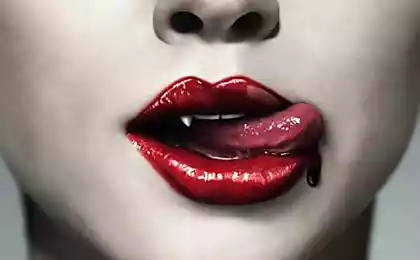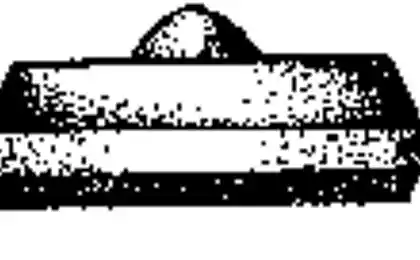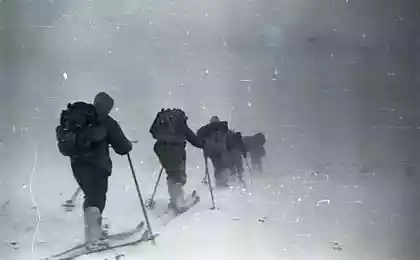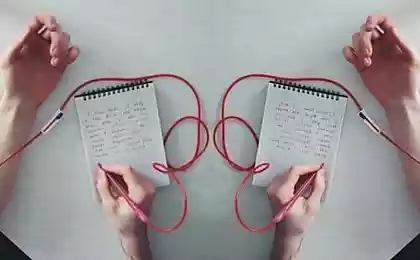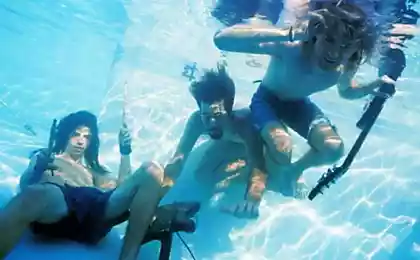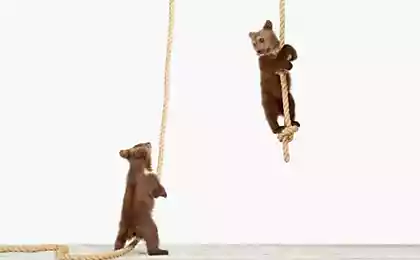568
How many more unknown blood types exist in nature
You can know your blood type, but did you know that actually have people of 35 different blood groups? They include both well-known systems like the I,II,III,IV and group system RH factor, and very unusual.
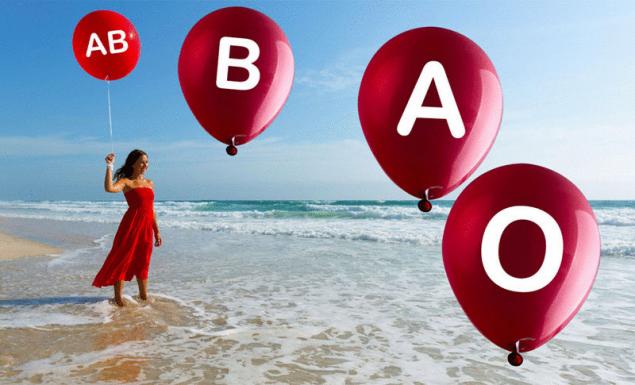
Progress in research technology over the last few years has allowed to identify three new systems of blood types: Langereis and Junior, identified in 2012, and andVel found a year later. All three were named after the patients in whom they were first discovered.
For example, in Japan, the lives of about 2,500 people, having Langereis-negative blood group. Although people with this group find around the globe, their total number is unknown.
Also in Japan discovered about 50,000 people with Junior-negative blood. This group is less common in the rest of the world, however, people can be found in the European Roma community. And about 400,000 people – mainly in Europe and the United States – considered to have the Vel-negative blood group.
An important step in transfusion medicine was the identification of specific antigens and antibodies of each system because all three are considered "clinically significant". The reason is that they can cause a dangerous reaction if transfused patient developed antibodies against positive blood types.
The most dangerous antibodies against Vel group, the designation "anti-Vel". Specialists in blood transfusion know about their existence since 1950-ies, when the body of the "Patient Led", the 66-year-old woman, violently rejected the blood transfused to her.
Still there is a possibility that in the human community are found other, more rare blood types or antigens. Professor Ballif, who, along with his colleagues identified the molecular basis of Langereis and Junior groups, and participated in the development of the test for Vel-the group believes that such is not yet open groups can be about ten.
source: gearmix.ru
Source: /users/1077

Progress in research technology over the last few years has allowed to identify three new systems of blood types: Langereis and Junior, identified in 2012, and andVel found a year later. All three were named after the patients in whom they were first discovered.
For example, in Japan, the lives of about 2,500 people, having Langereis-negative blood group. Although people with this group find around the globe, their total number is unknown.
Also in Japan discovered about 50,000 people with Junior-negative blood. This group is less common in the rest of the world, however, people can be found in the European Roma community. And about 400,000 people – mainly in Europe and the United States – considered to have the Vel-negative blood group.
An important step in transfusion medicine was the identification of specific antigens and antibodies of each system because all three are considered "clinically significant". The reason is that they can cause a dangerous reaction if transfused patient developed antibodies against positive blood types.
The most dangerous antibodies against Vel group, the designation "anti-Vel". Specialists in blood transfusion know about their existence since 1950-ies, when the body of the "Patient Led", the 66-year-old woman, violently rejected the blood transfused to her.
Still there is a possibility that in the human community are found other, more rare blood types or antigens. Professor Ballif, who, along with his colleagues identified the molecular basis of Langereis and Junior groups, and participated in the development of the test for Vel-the group believes that such is not yet open groups can be about ten.
source: gearmix.ru
Source: /users/1077










